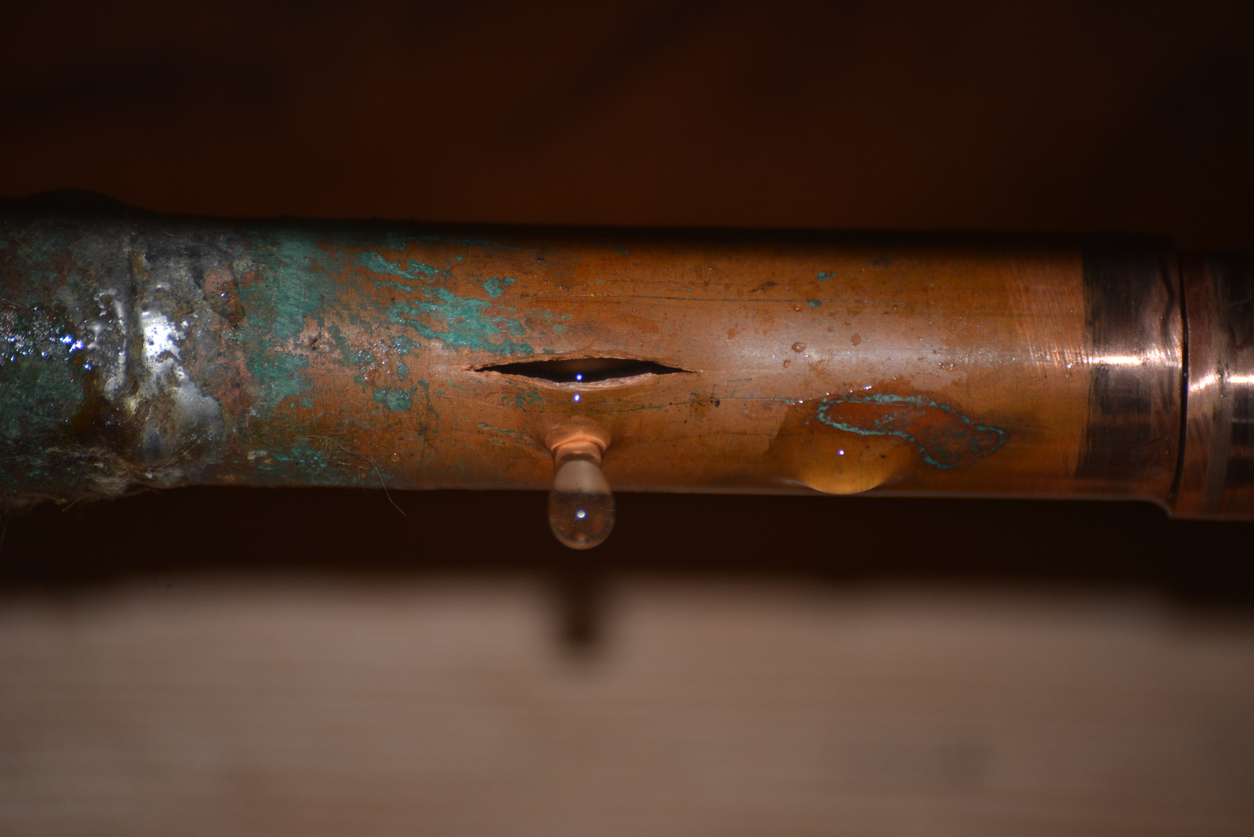Slabbed has been dogged regarding its reporting on the Mississippi qui tam litigation involving State Farm. A recent post, Rigsbys file “Motion to Reconsider Scope of Proceedings in Light of Evidence Adduced in Discovery” – ask Court for additional time to conduct Discovery into “the Scheme,” provides some insight regarding the flood adjustment techniques required by National Flood versus how flood adjusters in the field actually do their job.
The post quoted from a legal filing that indicates State Farm made up its own flood adjustment rules:
The NFIP Claims Manual requires that “repair estimates should be prepared room-by-room,on a unit-cost basis, clearly indicating dimensions and unit costs, except when the building has been completely destroyed.” NFIP Director David Maurstad testified that prior to Hurricane Katrina, flood claims had to be adjusted using a line-by-line stick build estimate. Maurstad also testified that following Hurricane Katrina, he tasked the NFIP Director of claims to come up with a method that “I could ultimately approve that could guide the Write Your Own Companies to handle claims in an expedited process specific to this . . . disaster, to Katrina.”
Maurstad testified that FEMA Directive W-5054 embodied the only expedited claims procedures that he authorized. That directive allowed adjusters to use a square foot value estimator instead of a line-by line estimate in two very narrow circumstances: (1) when a home “had standing water in it for an extended period of time”; or (2) when a home was “washed off its foundation by flood water.”
Discovery revealed that State Farm ignored the NFIP and Memorandum W-5054. Rather than follow the NFIP’s rules, State Farm expressly applied their own rules, which directly conflicted with Memorandum W-5054. David Maurstad testified that that in developing W-5054, he solicited ideas from various insurance companies for FEMA to consider. As part of that process, State Farm submitted a proposal to the NFIP on September 13, 2005, just one week before David Maurstad issued the actual directive. Remarkably, Juan Guevara, State Farm’s principle contact with the NFIP, testified that unlike all the other insurers, State Farm did not have to follow Memorandum 5054, but rather could play by its own rules, as stated in State Farm’s September 13th proposal.
Specifically, Guevara asserted that “5054 is different than the document we received approval to use,” and in fact, that State Farm’s claims handling practices did not change as a result of W-5054 being issued because it continued to adjust claims based on the September 13th proposal. Guevara’s admission is an enormous and dispositive indictment because there is a very important difference between State Farm’s September 13 proposal and the actual directive that was issued by FEMA.
Under the September 13 proposal, State Farm sought permission to use Xact Total “where a site visit was completed and [the damage] appeared to exceed policy limits.” But that part of State Farm’s proposal was not adopted in Maurstad’s final Memorandum. Rather, under FEMA Directive W-5054, Xact Total could be used only if the home had been in standing water for at least five days, or if the home had been washed off its foundations. In addition to his testimony, Juan Guevara’s emails reveal State Farm’s intent to ignore FEMA Directive W-5054. On September 22, 2005, the day after W-5054 was issued, Juan Guevara emailed Jim Shortley because he wondered why State Farm’s proposal regarding the use of Xact Total for policy limit losses was rejected. Mr. Guevara quoted the language in W-5054 requiring all claims (other than those related to slabs or homes in standing water) to be adjusted using the company’s “normal claims handling procedures,” and he stated, “I read this as having to write a complete line by line estimate even if the repairs will exceed the policy limits.”
The Windstorm Insurance Network has national flood adjusters classes regarding flood adjustment methodologies. Indeed, adjusters normally have to be certified as flood adjusters. I, and probably many adjusters from other firms, find it amazing that State Farm would unilaterally set its own standards for the adjustment of flood claims.
Today is the five-year anniversary of Hurricane Katrina. My experience from most hurricane disasters is that it is pretty difficult to find evidence of a storm five years afterwards. It may be difficult for many to see signs of the Katrina disaster. But when you get along the Gulf Coast, there are still many slabbed structures and obvious indications that a catastrophe occurred. Since we have not solved the wind versus water coverage issue, we can expect this to repeat in the future.



